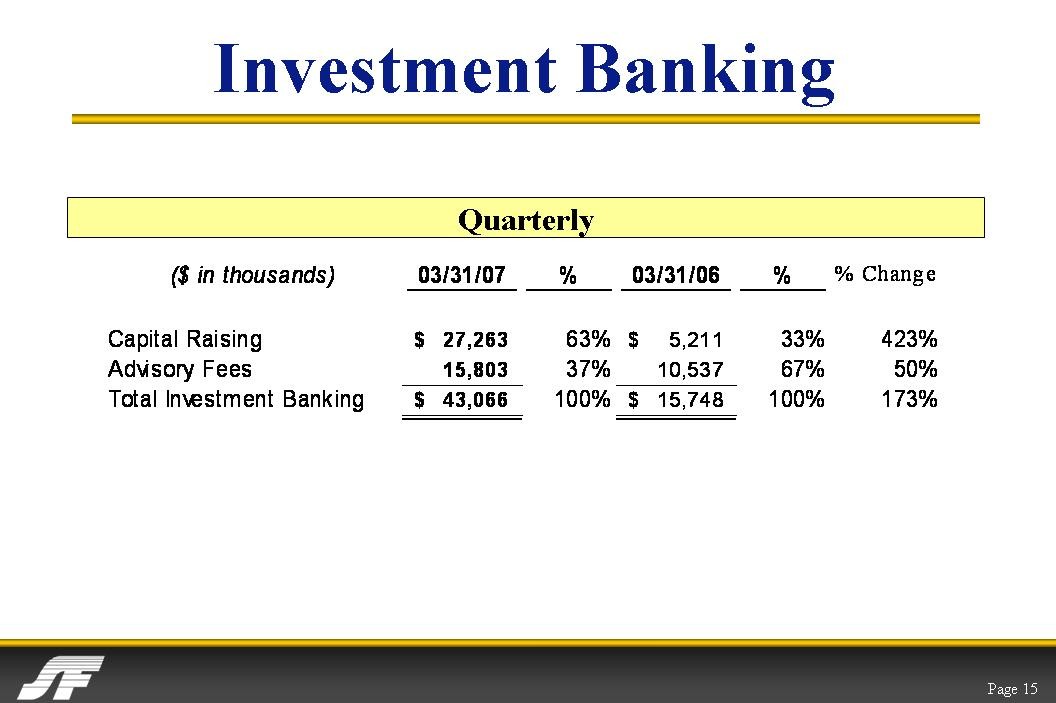Private Placement of Securities Encyclopedia Business Terms
Post on: 23 Июль, 2015 No Comment

RESTRICTIONS AFFECTING PRIVATE PLACEMENT
The SEC formerly placed many restrictions on private placement transactions. For example, such offerings could only be made to a limited number of investors, and the company was required to establish strict criteria for each investor to meet. Furthermore, the SEC required private placement of securities to be made only to sophisticated investorsthose capable of evaluating the merits and understanding the risks associated with the investment. Finally, stock sold through private offerings could not be advertised to the public and could only be resold under certain circumstances.
In 1992, however, the SEC eliminated many of these restrictions in order to make it easier for small companies to raise capital through private placements of securities. The rules now allow companies to promote their private placement offerings more broadly and to sell the stock to a greater number of buyers. It is also easier for investors to resell such securities. Although the SEC restrictions on private placements were relaxed, it is nonetheless important for small business owners to understand the various federal and state laws affecting such transactions and to take the appropriate procedural steps. It may be helpful to assemble a team of qualified legal and accounting professionals before attempting to undertake a private placement.
Many of the rules affecting private placements are covered under Section 4(2) of the federal securities law. This section provides an exemption for companies wishing to sell up to $5 million in securities to a small number of accredited investors. Companies conducting an offering under Section 4(2) cannot solicit investors publicly, and the majority of investors are expected to be either insiders (company management) or sophisticated outsiders with a preexisting relationship with the company (professionals, suppliers, customers, etc.). At a minimum, the companies are expected to provide potential investors with recent financial statements, a list of risk factors associated with the investment, and an invitation to inspect their facilities. In most respects, the preparation and disclosure requirements for offerings under Section 4(2) are similar to Regulation D filings.
Regulation Dwhich was adopted in 1982 and has been revised several times sinceconsists of a set of rules numbered 501 through 508. Rules 504, 505, and 506 describe three different types of exempt offerings and set forth guidelines covering the amount of stock that can be sold and the number and type of investors that are allowed under each one. Rule 504 covers the Small Corporate Offering Registration, or SCOR. SCOR gives an exemption to private companies that raise no more than $1 million in any 12-month period through the sale of stock. There are no restrictions on the number or types of investors, and the stock may be freely traded. The SCOR process is easy enough for a small business owner to complete with the assistance of a knowledgeable accountant and attorney. It is available in all states except Delaware, Florida, Hawaii, and Nebraska.
Rule 505 enables a small business to sell up to $5 million in stock during a 12-month period to an unlimited number of investors, provided that no more than 35 of them are non-accredited. To be accredited, an investor must have sufficient assets or income to make such an investment. According to the SEC rules, individual investors must have either $1 million in assets (other than their home and car) or $200,000 in net annual personal income, while institutions must hold $5 million in assets. Finally, Rule 506 allows a company to sell unlimited securities to an unlimited number of investors, provided that no more than 35 of them are non-accredited. Under Rule 506, investors must be sophisticated. In both of these options, the securities cannot be freely traded.
DISCLOSURE
Although the 1992 SEC revisions eliminated the requirement for companies to prepare a Private Placement Memorandum for investors, experts suggest that it is still a good idea. The memorandum should describe the business, provide background information on management, discuss the terms of the offering (including the number of shares available, the price, and the intended use for the funds), outline the company’s capital structure before and after the sale of securities, disclose the opportunities and risks involved in the investment, and provide copies of financial statements. Overall, the level of disclosure should be consistent with applicable state and federal securities laws, as well as with the sophistication of potential investors and the complexity of the terms of the offering.
A series of documents known as subscription materials should also be included with the information sent to potential investors in a private placement transaction. Subscription materials consist of two major documents that investors sign to indicate their desire to subscribe to purchase the securities offered. One of these documents is the offeree and purchaser questionnaire, which asks for background information about the investor to determine his or her level of sophistication. The second document is the subscription agreement, which is a contract showing that the investor has reviewed the offering information, is aware of the risks involved, and wants to invest.
BIBLIOGRAPHY
Brown, Philip L. GSI’s Primer to SEC Research. Global Securities Information, Inc. 2004.
Dresner, Steven. PIPE: A Guide to Private Investments in Public Equity. Bloomberg Press, 2003.

Juarez, Madeleine. Drawing Investors as a Small Business Owner. San Fernando Valley Business Journal. 10 November 2003.
Lewis, Jakema. 2000: A See-Sawing Year for Private Deals. Private Placement Letter. 29 January 2001.
Sherman, Andrew J. Raising Capital: Get the Money You Need to Grow Your Business. AMACOM, 2005.
Sweeney, Paul. As Public Markets Fell, Equity Private Placements Filled the Gap. Investment Dealers’ Digest. 26 February 2001.
Sweeney, Paul. Staying Upbeat: Story Credits, Mezzanine Financing Boost Lackluster Private. Investment Dealers’ Digest. 21 August 2000.
Walter, Robert W. Financing Your Small Business. Barron’s Educational Series, Inc. 2004.














